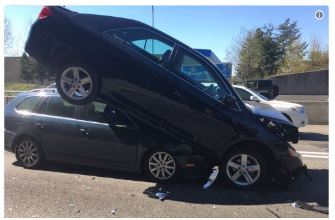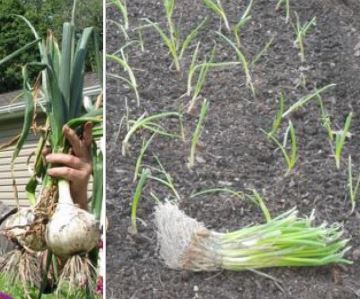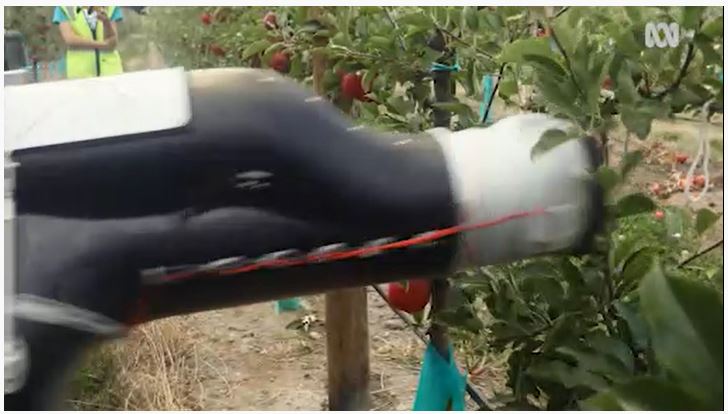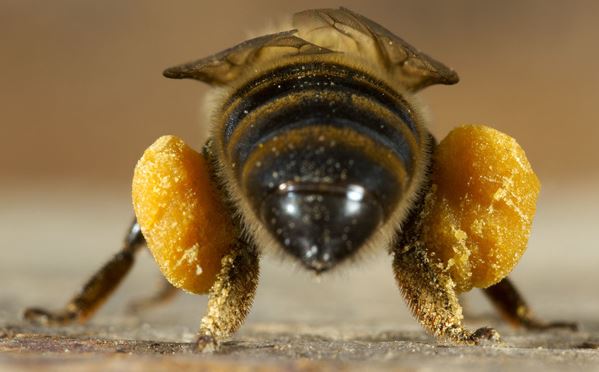Item #1: Images


Item #2: Onions 
Weather and opportunity came together this week and I got most (nearly all) of my onions planted. We only pruned vines on Monday & Tuesday, and W/Th/F there was enough time between rain and other activities to get them in the ground.
Wednesday and Thursday’s sets got rained on last evening, and I finished today with the last bundle, “Ringmaster” {photo}.
Nancy had been down-slope and came in the drive just as sprinkles started. I ran and helped her, then ran back and pushed soil and tamped the last 40 plants into the bed. I ran for the house as a real rain started. Whew!
Pictured is a white Spanish style that keeps a long time, has a mild flavor, and is great for onion rings.
Item #3: Innovation disrupts
I pass orchards on the way to where I prune. There are many folks working.
Some are leveling fields and installing irrigation lines, posts, and trees. Others are pruning trees and vines.
Blackberries and Blue Berries are harvested with machines. That is going to come, also, to hanging tree fruit, such as apples.
The photo is from the following link. It shows a tube extending out toward a “sighted” apple. The tube has a strong vacuum, enough to break the tissue between the stem and the spur.
Future harvest
Tree shape, size, training, and other issues are being tuned via the research. In the not too distant future much fruit will be picked this way. Lower paying jobs will be replaced with higher paying jobs because someone has to build, maintain, and repair these technical things.
If you think the demise of pickers is bad news, try picking for a day or two in September sun.
Item #4: The business of bees
Another thing I learned (but not why) this week is that apple blossoms produce little a bee can use to make honey.
More than you need to know about the economics if bees.
It does get interesting. “The numbers are astonishing: 85% of the two million commercial hives in the US are moved, containing tens of billions of bees.”
I also learned about skeps, the old type of classic woven bee hives that look like a tapering stack of straw.
Modern bee keeping is better for the bees
And that, for this week, is the not so nasty news.
John